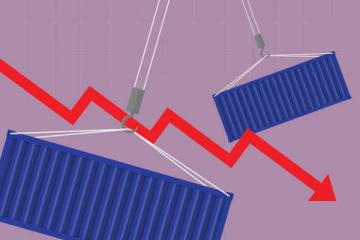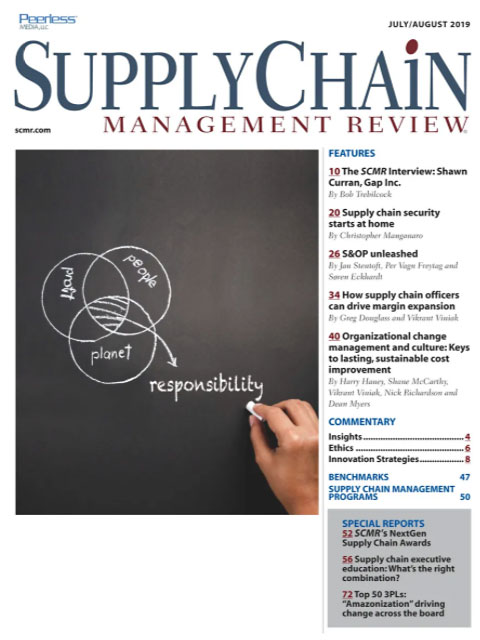Sorry, but your login has failed. Please recheck your login information and resubmit. If your subscription has expired, renew here.
July-August 2019
If you’re a long-time reader of Supply Chain Management Review, you’re familiar with Larry Lapide’s “Insights” column. Typically, Larry is writing about the many facets of planning, but occasionally, he takes on a provocative topic. One year, he questioned whether it was necessary to be a Top 25 supply chain leader, especially if in your industry, good enough gets the job done. Browse this issue archive.Need Help? Contact customer service 847-559-7581 More options
There is no shortage of companies implementing new technologies, overhauling their processes or using tools such as Lean Six Sigma (LSS) and continuous improvement (CI) to gain a competitive edge. Not everyone gets it right—in fact, McKinsey & Co indicate, “the reported failure rate of large-scale change programs in the corporate world has hovered around 70% for many years.” What differentiates those who run ahead of the pack and those who end up no better off post-implementation? In our view, it is the change management process that effectively creates a culture that fosters a new way of doing business supported by tools and technology.
After all, tools, technology and processes don’t make change—people do. Organizational change management (OCM) is the roadmap that details all of the elements that must be considered and addressed to make the transition successful. The roadmap includes (but is not limited to) such things as the communication plan, potential changes in compensation, recruiting, training and performance evaluation. It considers the impacts on customers and suppliers in addition to other company functions. In the following pages, we’ll profile supply chain leaders who successfully implemented supply chain initiatives such as Lean Six Sigma and continuous improvement, and include the lessons learned from their projects.
Case study: Lawson Products
Continuous improvement
Founded in 1952 and based in Chicago, Lawson Products is a distributor of maintenance and repair supplies servicing customers in all 50 states, Puerto Rico, Canada, Mexico and the Caribbean. About five years ago the culture was characteristic of a company built by entrepreneurs with independent sales agents—lots of non-standard procedures and non-value-added work. The company had been through an attempt to implement Lean processes in the past, but it never gained traction and when it came time to implement a new ERP system, Lean was left behind.

This complete article is available to subscribers only.
Log in now for full access or start your PLUS+ subscription for instant access.
SC
MR
Sorry, but your login has failed. Please recheck your login information and resubmit. If your subscription has expired, renew here.
July-August 2019
If you’re a long-time reader of Supply Chain Management Review, you’re familiar with Larry Lapide’s “Insights” column. Typically, Larry is writing about the many facets of planning, but occasionally, he… Browse this issue archive. Access your online digital edition. Download a PDF file of the July-August 2019 issue.There is no shortage of companies implementing new technologies, overhauling their processes or using tools such as Lean Six Sigma (LSS) and continuous improvement (CI) to gain a competitive edge. Not everyone gets it right—in fact, McKinsey & Co indicate, “the reported failure rate of large-scale change programs in the corporate world has hovered around 70% for many years.” What differentiates those who run ahead of the pack and those who end up no better off post-implementation? In our view, it is the change management process that effectively creates a culture that fosters a new way of doing business supported by tools and technology.
After all, tools, technology and processes don't make change—people do. Organizational change management (OCM) is the roadmap that details all of the elements that must be considered and addressed to make the transition successful. The roadmap includes (but is not limited to) such things as the communication plan, potential changes in compensation, recruiting, training and performance evaluation. It considers the impacts on customers and suppliers in addition to other company functions. In the following pages, we'll profile supply chain leaders who successfully implemented supply chain initiatives such as Lean Six Sigma and continuous improvement, and include the lessons learned from their projects.
Case study: Lawson Products
Continuous improvement
Founded in 1952 and based in Chicago, Lawson Products is a distributor of maintenance and repair supplies servicing customers in all 50 states, Puerto Rico, Canada, Mexico and the Caribbean. About five years ago the culture was characteristic of a company built by entrepreneurs with independent sales agents—lots of non-standard procedures and non-value-added work. The company had been through an attempt to implement Lean processes in the past, but it never gained traction and when it came time to implement a new ERP system, Lean was left behind.
SC
MR

Latest Supply Chain News
Latest Podcast
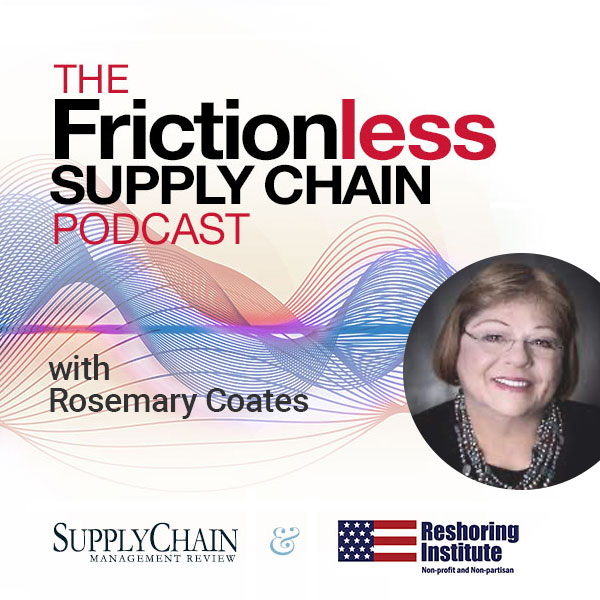
 Explore
Explore
Business Management News
- Strategic cost savings differ from cutting costs
- Planning fatigue may be settling in
- Inflation, economic worries among top supply chain concerns for SMBs
- April Services PMI declines following 15 months of growth, reports ISM
- Attacking stubborn COGS inflation with Digital Design-and-Source-to-Value
- Joseph Esteves named CEO of SGS Maine Pointe
- More Business Management
Latest Business Management Resources
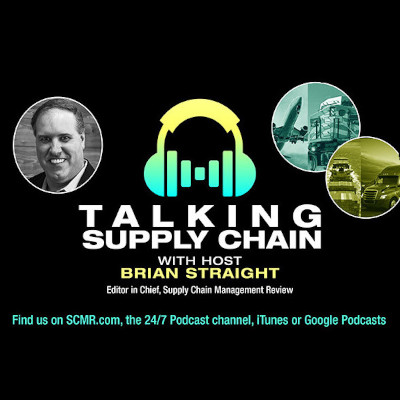
Subscribe
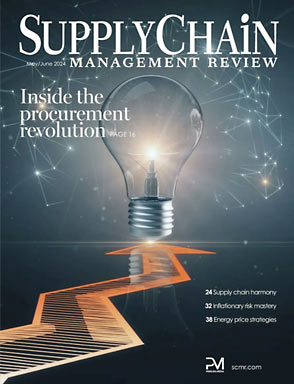
Supply Chain Management Review delivers the best industry content.

Editors’ Picks


